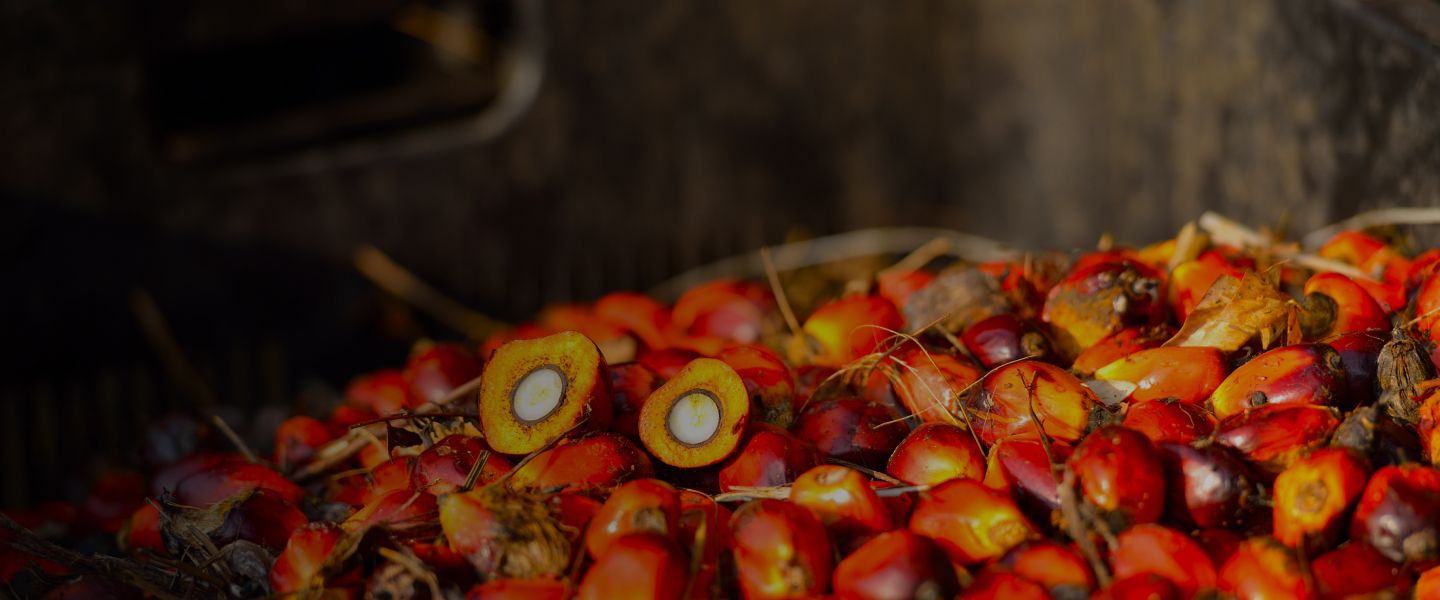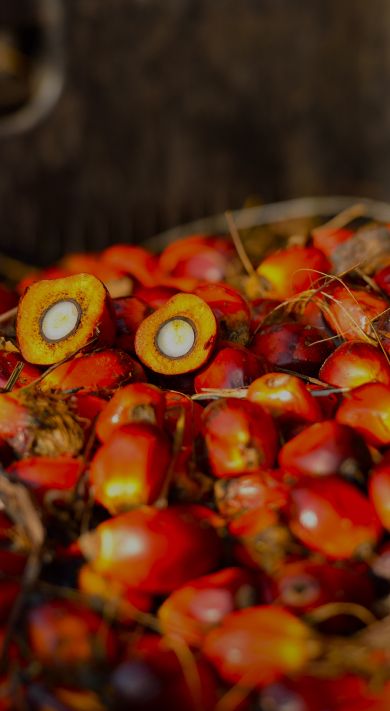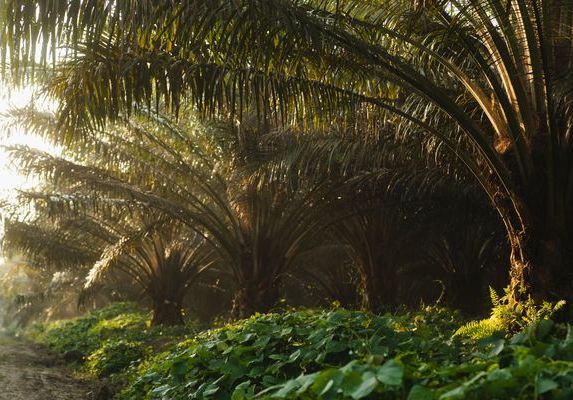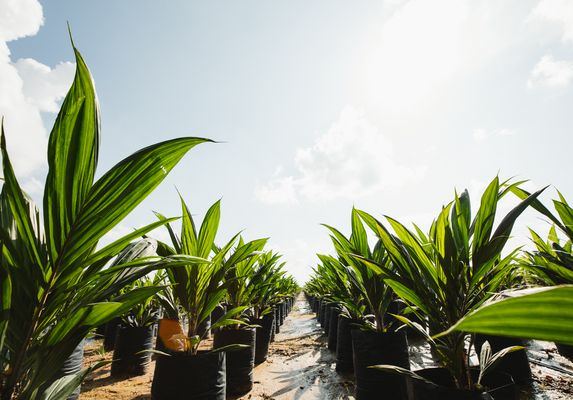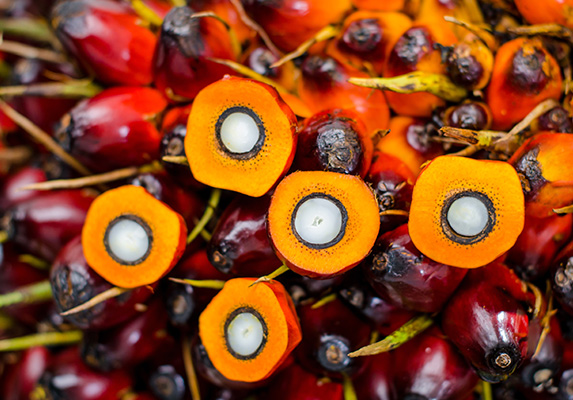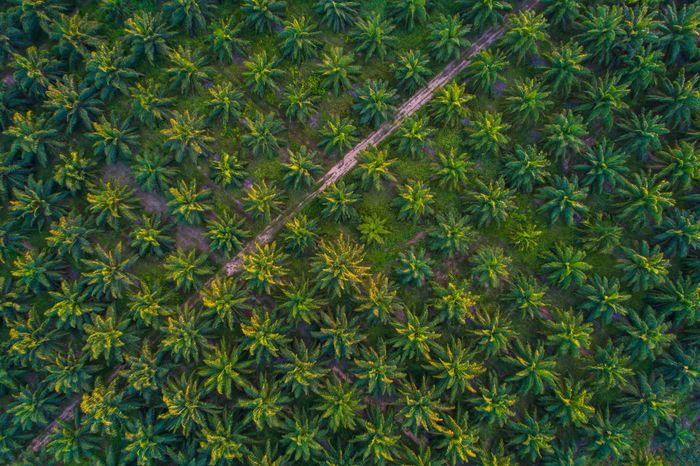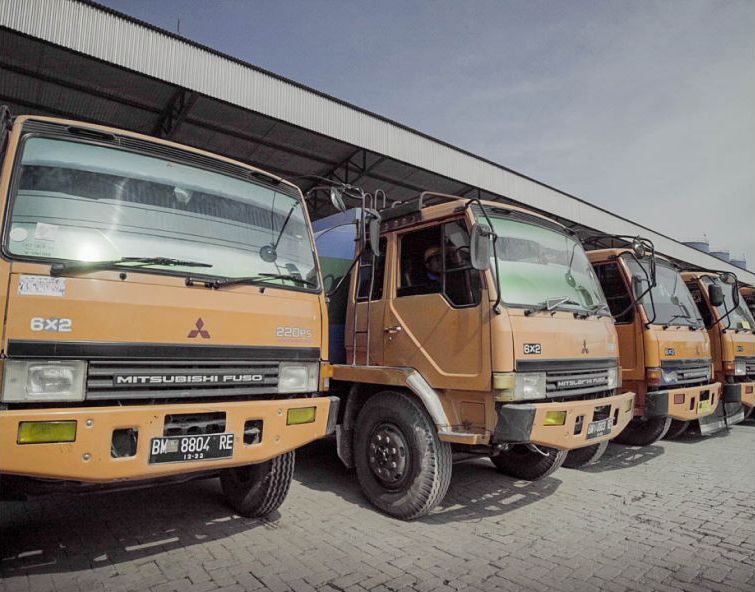We train and help our third-party suppliers to conduct mapping and traceability activities. This is part of our long-term commitment to responsible palm oil sourcing to ensure environmental development and livelihood enhancement for independent smallholders who contribute significantly to the industry.
Traceability in the palm oil industry is complex. We understand we cannot solve all the associated challenges alone. We collaborate with external stakeholders, other plantation companies, government agencies, donor organizations, NGOs and consultants to maximize positive impacts within the landscapes where oil palm is grown.


